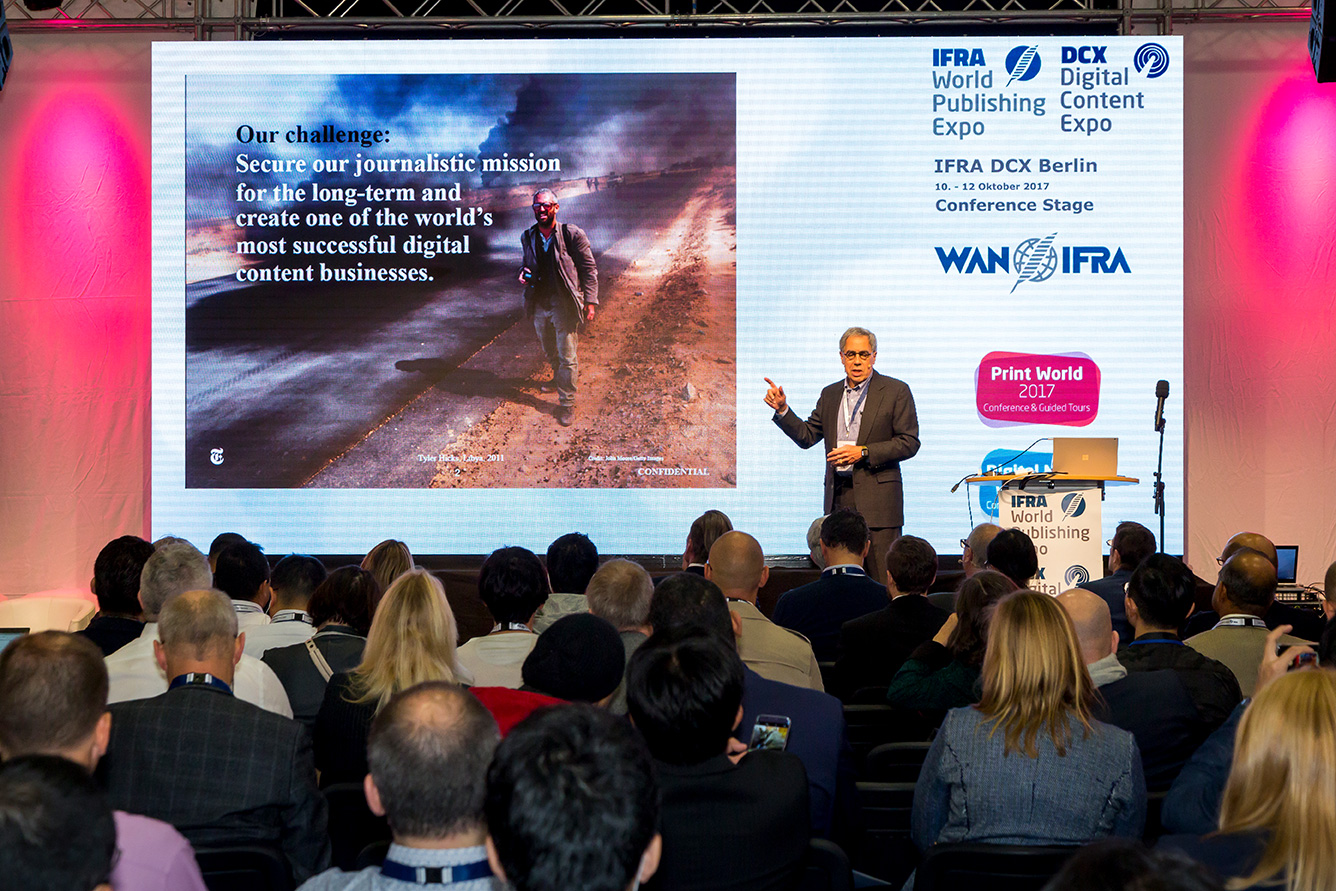The Digital Content Expo 2018: WAN-IFRA President Michael Golden on What's Ahead for Journalism

With this year’s Digital Content Expo - run by WAN-IFRA - just days away, here at Sourcefabric we're getting ready for another event filled with cutting-edge insights from speakers and great conversations with customers new and old. We'll have our own stall and will be chatting all things Superdesk to attendees. Before then, however, we managed to catch up with WAN-IFRA President and Ex New York Times Vice-Chairman Michael Golden to get some insight into this year's events, his fruitful career and what he hopes for the future of the journalism and media industry.
During your career you’ve worn many different hats, working for the New York Times, acting as president of WAN-IFRA, and sitting on the board of directors for the International Center for Journalists. What role have you enjoyed the most and why?
Working for The New York Times has been the most compelling experience in my career. The journalism of The Times is extraordinary. The strength of the journalism and the brand combine to attract smart, motivated colleagues that make working there a pleasure. And underlying it all is the critical role journalism and publishing play in society.
Since beginning at the New York Times, what are the biggest changes you've seen at the paper, and more generally in the journalism industry?
The development of digital delivery has been the most transformative. First, it put newspapers back into the business of delivering breaking news which meant a dramatic increase in the metabolism of the newsroom. Second it allows a one-to-one relationship. Third, it demanded change and incredible innovation in business practices and storytelling.
At Sourcefabric, our mission is similar to that at WAN-IFRA: to allow free, independent media to thrive. We do this through building open-source software for journalists. In what way has technology changed the way journalists work, and how do you think it can impact the future of journalism?
The changes have been profound. Data journalism has enabled a level of reporting that simply was too difficult or impossible in the past. Multimedia storytelling creates the opportunity for more emotional, impactful journalism. Publishers have new ways too. Expose and promote their journalism. And journalists have new insights into the way their audiences are involved, or not involved with their stories. All of these capabilities will only continue to grow.
Your keynote at the Digital Content Expo this year is “Improve storytelling - for a more accurate, well-crafted journalism”. What kind of improvement does storytelling most urgently need at this moment?
This is a difficult question to answer. I believe there is a continuing opportunity to adapt storytelling to smartphones. Increased use of graphics, photos and video are also opportunities in my view.
What is the best example of innovative storytelling that you’ve seen during your career?
There are too many great examples to single out one or two. A good place to start are the digital awards given by WAN and others as well as the journalism awards around the world.
And finally, what should attendees expect from this year’s Digital Content Expo? Any surprises in store?
Every year I am surprised by the insights that our colleagues share. I think that will be the case again this year.
Attending this year's Expo? You can find the Superdesk stand at Stand B.16-A in Hall 22b. Contact us to book a meeting or just come by and say hello.
